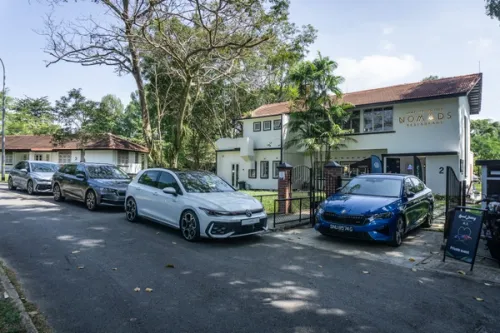OneShift Buyers’ Guide For The Mazda 2 (Third Generation)
Compact hatchbacks powered purely by ICE might not hang around for much longer, but Mazda’s lil’ one has the personality and poise to make us reconsider the full benefits of electrification.


Mazda 2 overview
If you’re the sort who gets a kick out of memorising vehicle model codes and names, you’ll realise that some cars can be called differently in other markets. From the Nissan March / Micra hatchback to the Sunny / Sentra compact sedan, we reckon most names are tuned in accordance to familiarity and cultural sensitivity. Wait till we learn about the Daihatsu Altis, which bears no resemblance to the Altis - it’s a Camry!
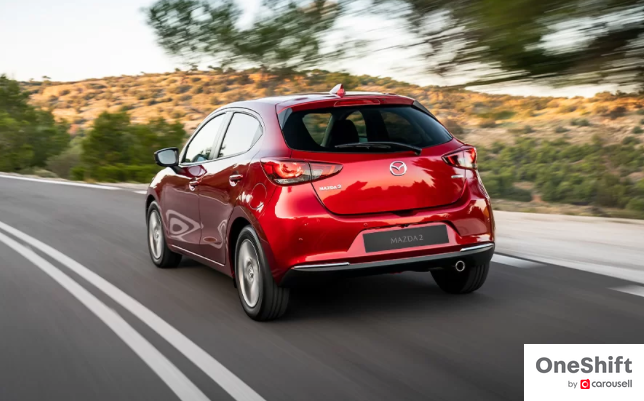
Thankfully, the car in question falls into the first category. The Mazda 2’s nameplate might be recognised in Singapore, but the “Demio” label needs to be put in the spotlight as it was used right after Autozam (with the Revue) ended its collaboration with Mazda. Even more so when the Demio name was used interchangeably with the Mazda 121 from 1996 up to 2002, before the 2 shouldered all responsibilities in markets outside Japan.
Over the course of 2 decades, the Mazda 2 has been through various states of platform sharing. The 1st-gen 2 was based on the 5th-gen Ford Fiesta’s B3 platform. Even the suspension design was shared. The curvier 2nd-gen 2’s dimensions were reduced via adoption of lightweight materials, on a chassis that’s based on a 6th-gen Fiesta.
Platform sharing with Ford ended in 2014 when the 3rd-gen Mazda attempted to deliver a new, refreshed concept that Mazda can call its own. It was branded under the “Kodo” design philosophy, propelled by high compression, naturally aspirated “Skyactiv” engines and has a chassis loosely based on the CX-5. There were even Mazda 2-based models of the Yaris from 2015 onwards.
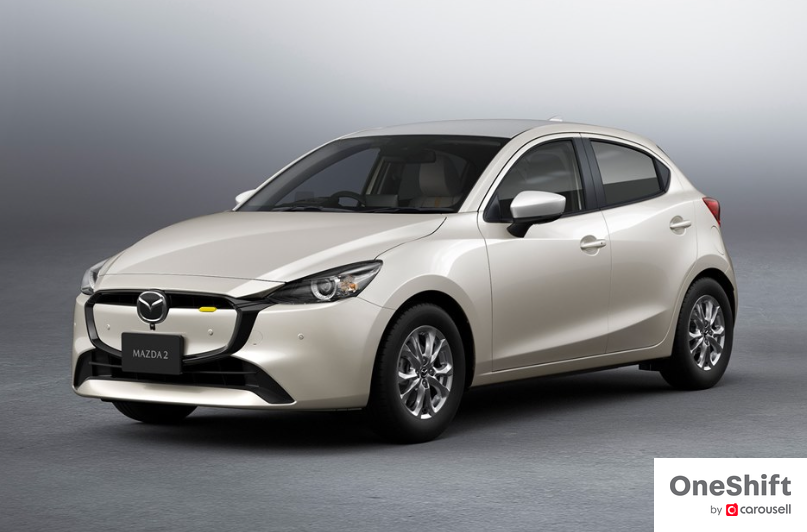
And to add to the complexity, Mazda launched a Toyota-based chassis variant of the Mazda 2 from 2022 onwards. The Singapore market will likely receive (yet another) facelift version of the 2 (already introduced in other markets), which we suspect is a classic case of milking it for all it’s worth given its popularity in other markets and pressures of electrification.
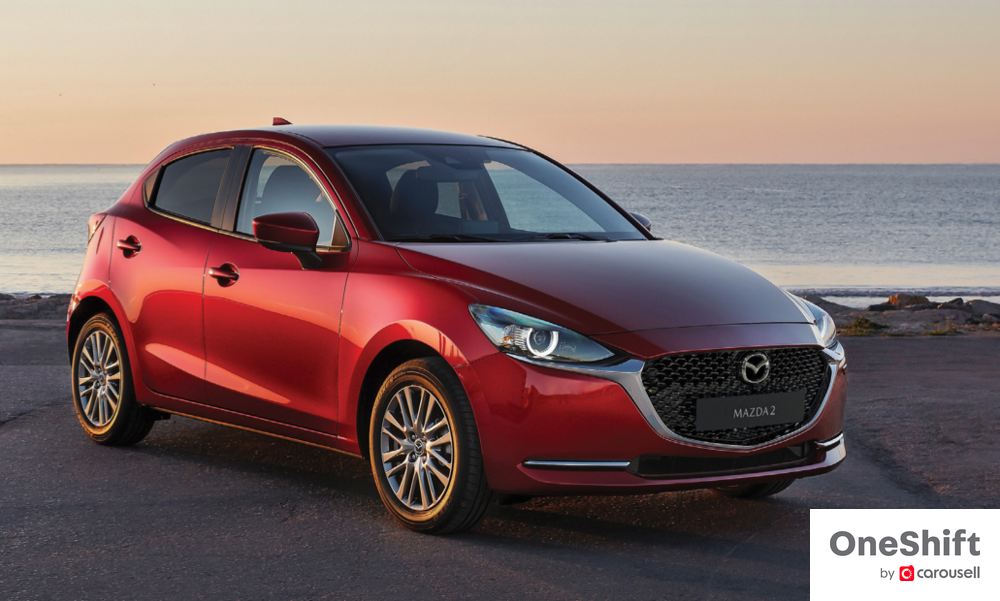
Third generation Mazda 2 overview
Mazda seemed eager to reinvent the wheel a decade ago, perhaps even more so than now with its delectable spread of form factors and engine variants. The 2 was part of an army of Mazdas (along with the 3, 6 and CX-5) hungry to impress the public with a strong lean towards luxury and driving dynamics. *That the cutting-edge BMW i3 was launched in 2014 came as no coincidence!
Paper statistics for the 3rd-gen did not make for very pleasant reading - it was longer and wider than its predecessor, but the interior room was compromised, especially in areas where rear occupants usually kick up a fuss like head and legroom. But its emphasis on driving dynamics seemed to pay off - it scooped the Japan Car Of The Year 2014-2015 award.
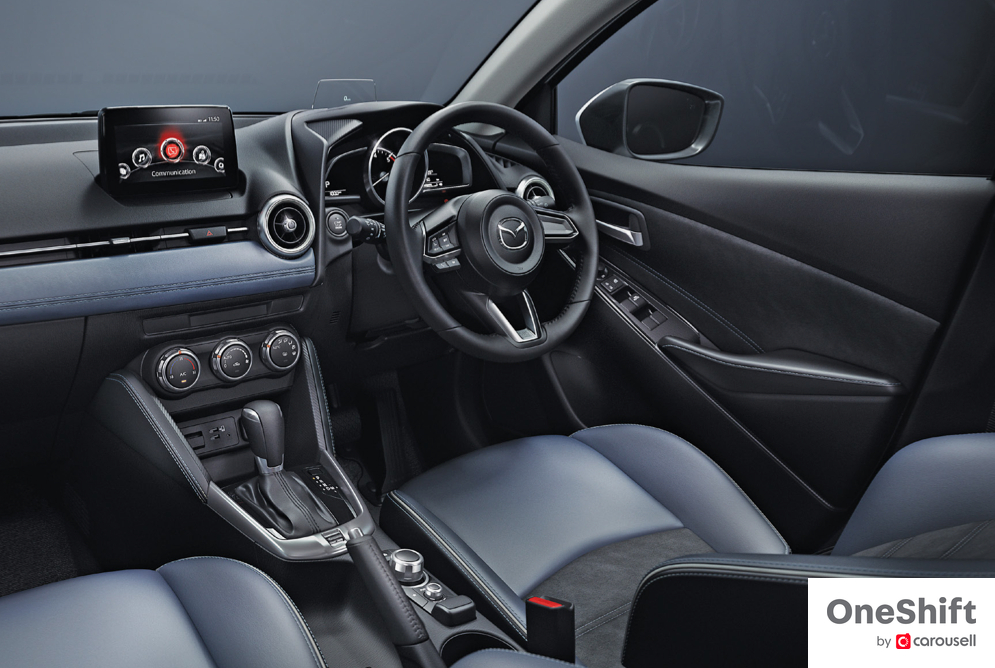
2019 saw a facelift that included further improvements to ride quality, introduction of adaptive headlights, and a more “tame” / less intrusive form of a limited slip differential, or G-Vectoring Control (GVC) Plus in Mazda speak. A 2nd facelift was unveiled in early 2023.
Both petrol and diesel units have been powering the Mazda 2, ranging from the 1.3-litre NA petrol (commonly seen in Thailand) to the 1.5-litre NA. A 1.5-litre turbo diesel unit sold alongside the petrol variants, with earlier units (up till 2018) currently experiencing a recall due to engine vibration and acceleration issues.
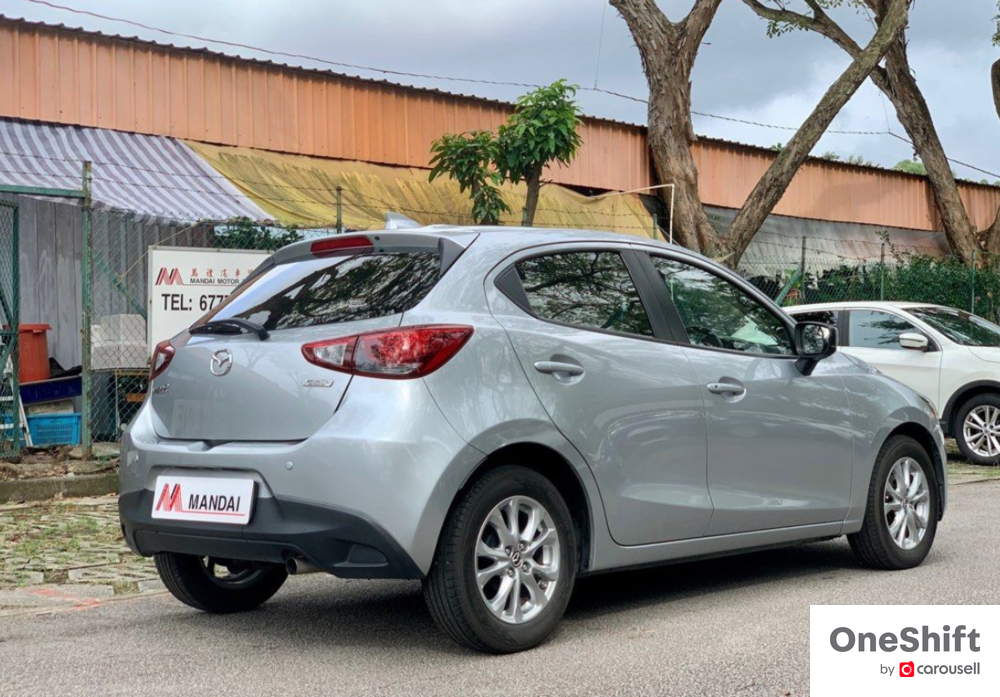
What about the Singapore market?
The 3rd-gen Mazda arrived on local shores in early 2015, a couple of months after its debut at the Thailand International Motor Expo. Unlike its predecessor that was available in sedan guise, only the hatchback was imported at first. A 1.5-litre SkyActiv engine was standard fitment, good for 114bhp and 148Nm of torque. 2016 saw the arrival of the sedan at the Singapore Motorshow, which over the span of 5 years featured the same performance but packed in no less than five trim levels.
A facelift for the hatchback was introduced in the 3rd quarter of 2019, while the sedan saw a nip and tuck a year later. Dealerships called it a day for the sedan in 2021, and the hatchback continues its fight within the challenging Cat A COE category with 2 trim levels, starting from S$150,888 at time of writing.
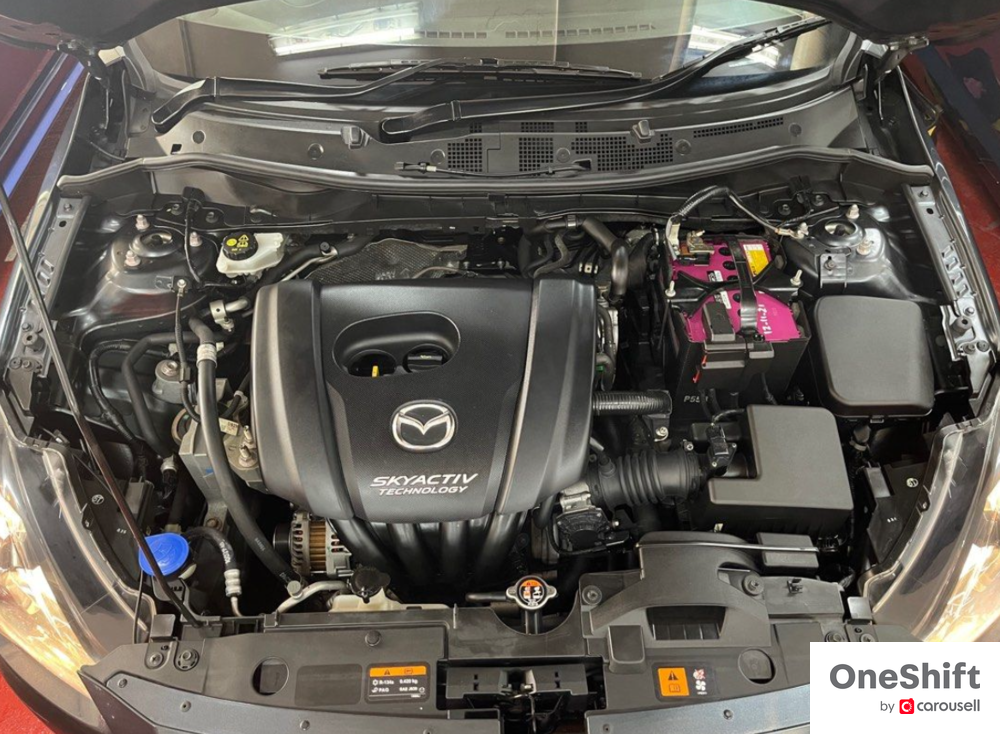
What to look out for: Engine & Gearbox
Some owners have experienced a steering that’s off centre more often than usual, even after visits to the mechanic. An ECU reflash is likely needed once a full alignment is done, so the computers can understand that it has taken place.
Although far from a DSG dry clutch slip, some users experience a squeaking sound from the 6-speed automatic’s 1st to 2nd gear. A transmission fluid change should eradicate this issue. Engine mounts are known to wear out fast too, so have it replaced if you encounter vibrations predominantly from idle.
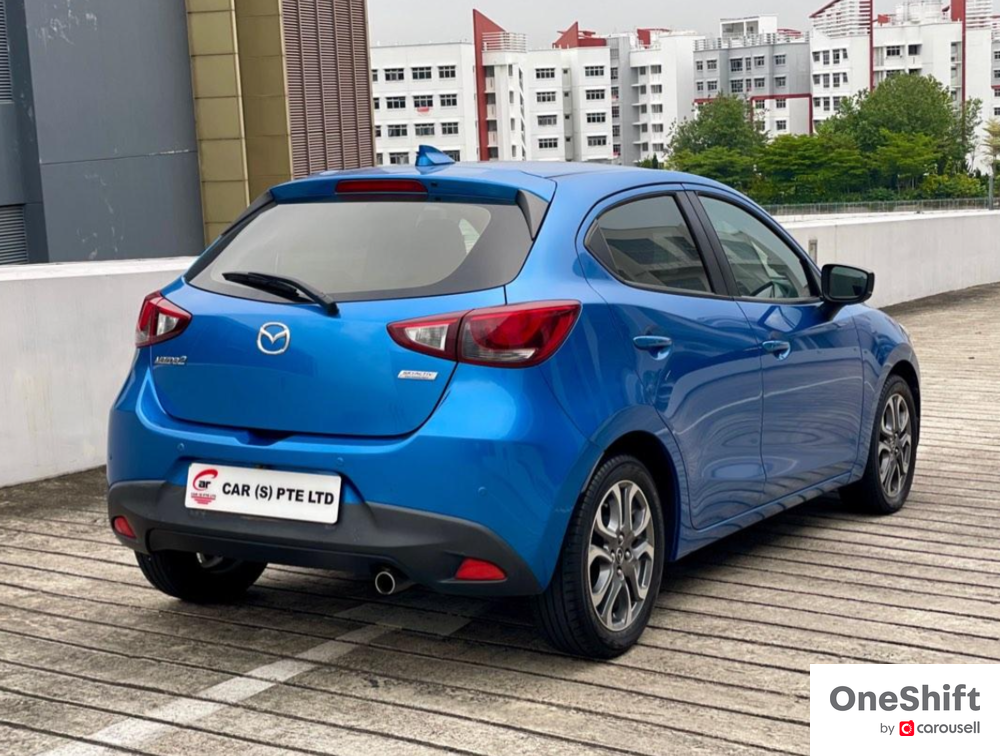
Suspension & Brakes
While suspensions tend to make noises after extended years of usage, the Mazda 2’s issues usually take longer to diagnose. A proper vehicle hoist (and more time than other hatchbacks) could be needed to rectify a platform that’s dynamically sound, but at the expense of a comparatively complex foundation to work on.

Bodywork & Interior
Owners have complained about the awkward placement of the rear window washer’s nozzle, which almost always requires plenty of washer fluid to remove grime. Rubber seals might succumb to faster wear as a result. Plastic door cards around the window might rattle when the windows are slightly opened, which can be due to worn out rubber bushings in charge of keeping windows secured.
Rear seatbelts have a tendency of not retracting once you pull them out. While it sounds like a major safety issue, no recalls have been issued yet, so it’s advisable to have this checked before your test drive. The cabin’s air filter (located at the front passenger footwell area) tends to accumulate plenty of dirt, so have it replaced the moment your air conditioner pipes in foul smell.
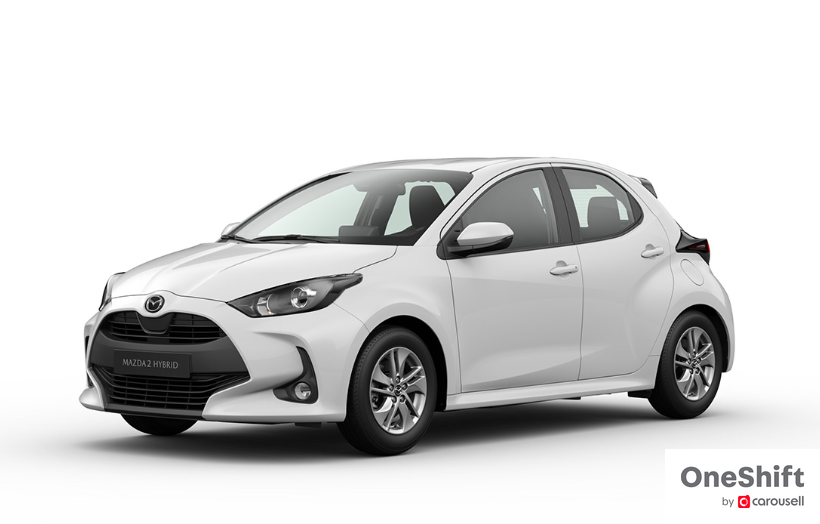
Are we missing out?
Some might mistake this as a GR Yaris from afar, especially one that’s showered in white. But this is no Gazoo Racing rally-bred homologation special. In fact, it doesn't even have a Toyota badge! The Mazda 2 Hybrid (pictured) went on sale in Europe in 2022 alongside the Toyota Yaris Hybrid and other older Mazda-built 2s. Granted, it shares the same TNGA-B (GA-B) platform as the GR Yaris (and the quirky yet practical Sienta), but similarities end here.

How much to spend
There are currently 2 trims for sale, brand new at the dealership starting at S$150,888. For 5 grand more, you’ll get automatic headlights, rain sensing wipers, a multi-function steering wheel, keyless entry, front heated seats and Apple CarPlay / Android Auto, along with a couple of driver assistance features. While we’re not looking at new car purchases, it’s still important to know what else can be had for less than S$15,500 depreciation per year.
3rd-gen hatchbacks and sedans do not differ much in terms of depreciation, so you’ll be expecting to fork out at least S$11,500 for a pre-facelift unit (2014 - 2018), and 12 grand annually for a unit made from 2019 onwards. They are, however, highly dependent on mileage and owner count, and units painted in trademark Soul Red might ask for a premium.
OMV should hover between the 14 to 17 grand mark, and road tax should set you back S$682 per year. You should be able to achieve 700km per tank with a 44-litre petrol tank, based on an estimated 16km/l on the combined cycle (claimed 18.5km/l brand new). That amounts to a monthly fuel cost of S$240, assuming one drives 1,400km each month (or around 17,000km per year). *Fuel price based on RON 95, S$2.74 per litre.
What we found
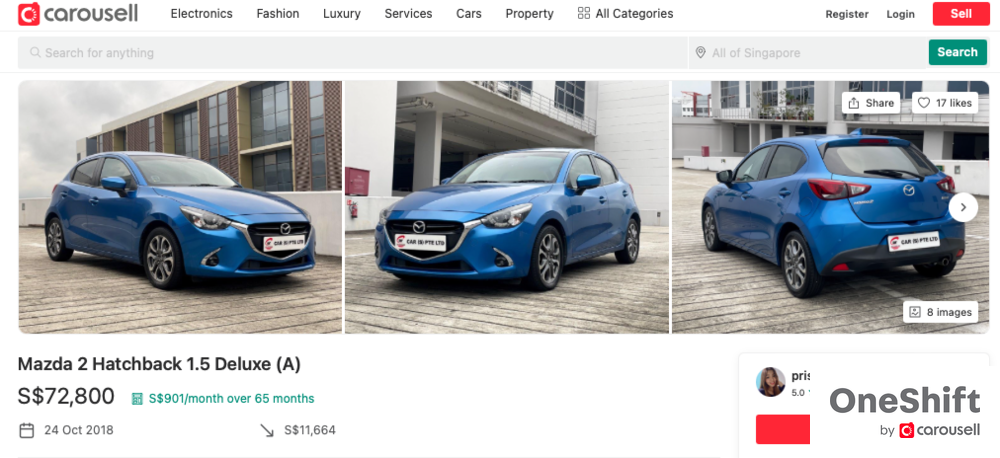
Final few batches of the pre-facelift 2 hatchback, 59,000km mileage, OEM dual tone alcantara upholstery.
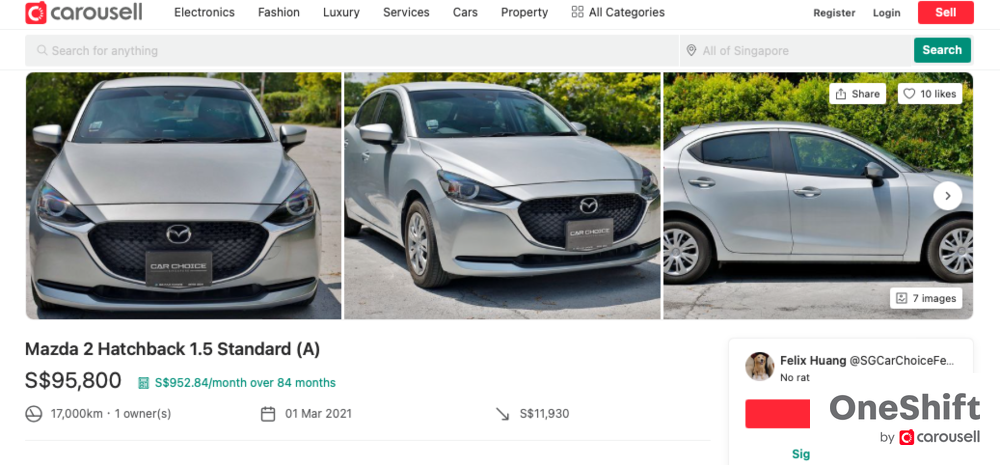
A 1-owner facelift example with 17,000km clocked. S$11,930 depreciation per year. *Or let current COE premiums rule the world by getting a 10 year old 1 Series for similar money.
Keen to acquire a 3rd-gen Mazda 2? Find more pre-loved examples on Carousell.
---
Selling your car? Whatever the reason, caryousell@carousell, sell your car at the highest price today.


Get the Best Price for your used car
from 500+ dealers in 24 hours

- Convenient and Hassle-Free
- Consumer Protection
Transparent Process
With No Obligation





